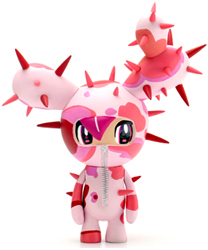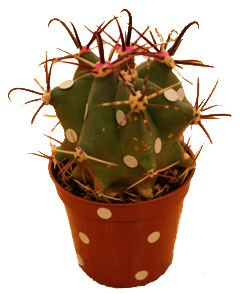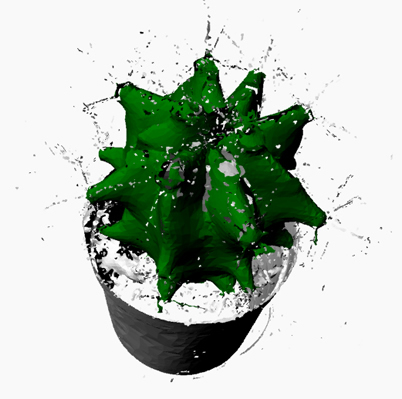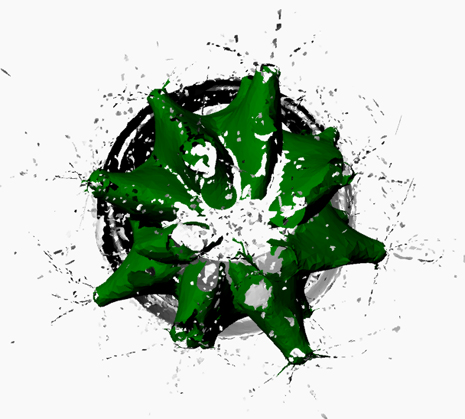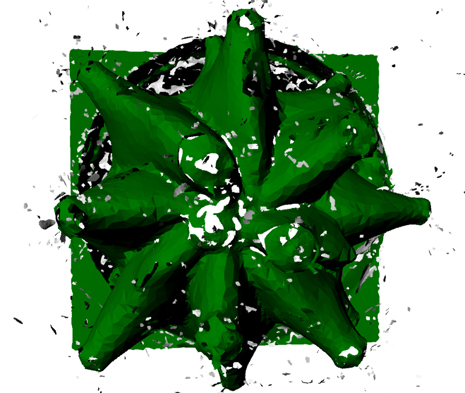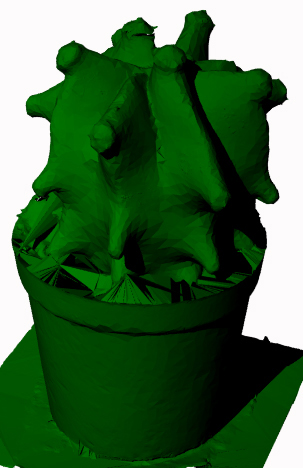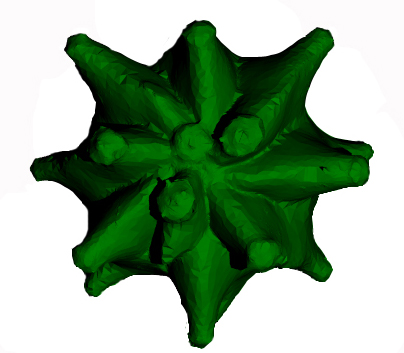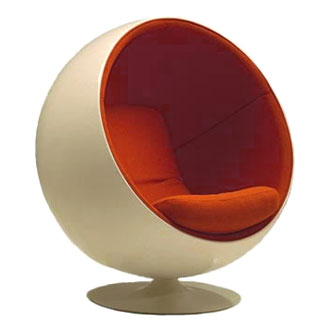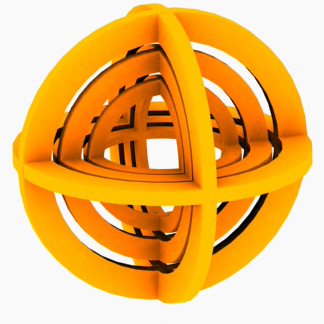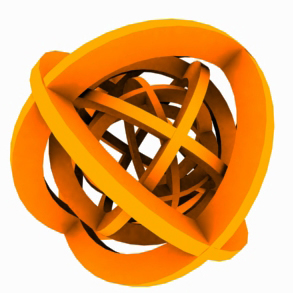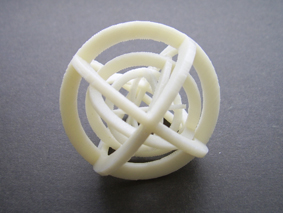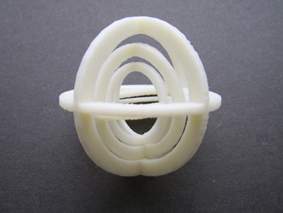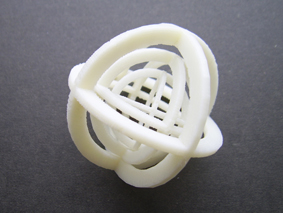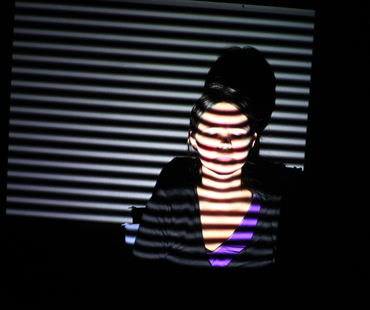Toki Doki's Cactus Girl (by Simone Legno)
Cactus
3D Scanning
For the scanning part of the assignment I would have liked to scan and print a Toki Doki's Cactus Girl figure, but since mine is back home I decided to build my own beginning from a real cactus. This would help me test the real capabilities of the machine. So I went out and bought the strangest cactus I found.
